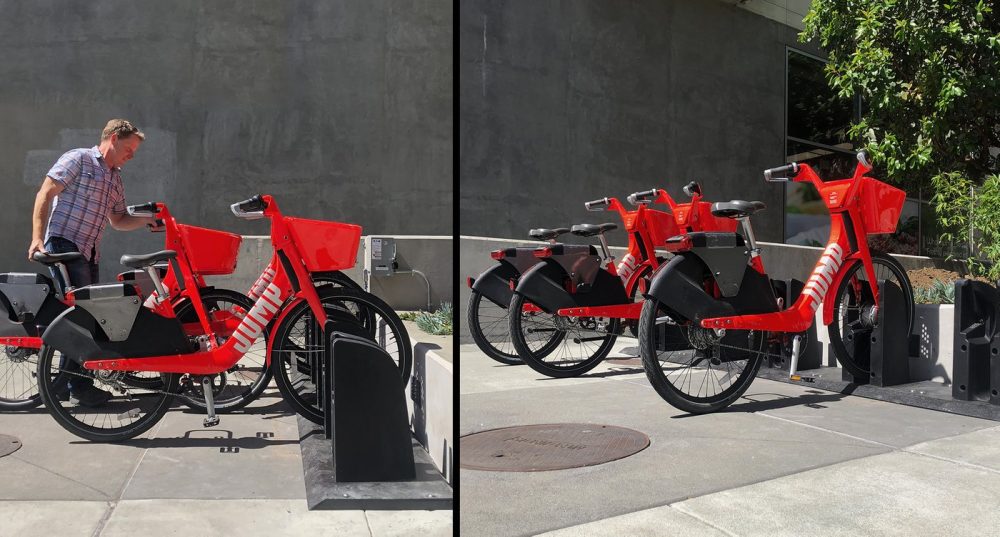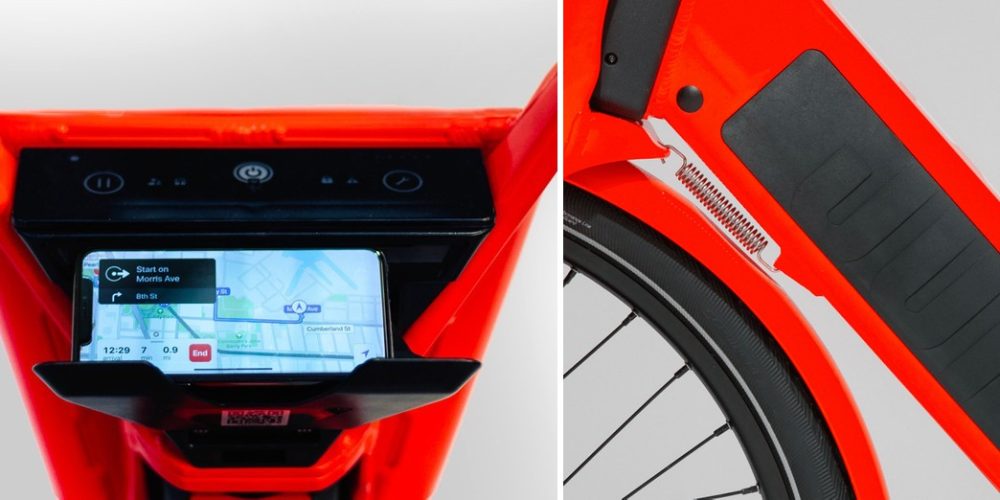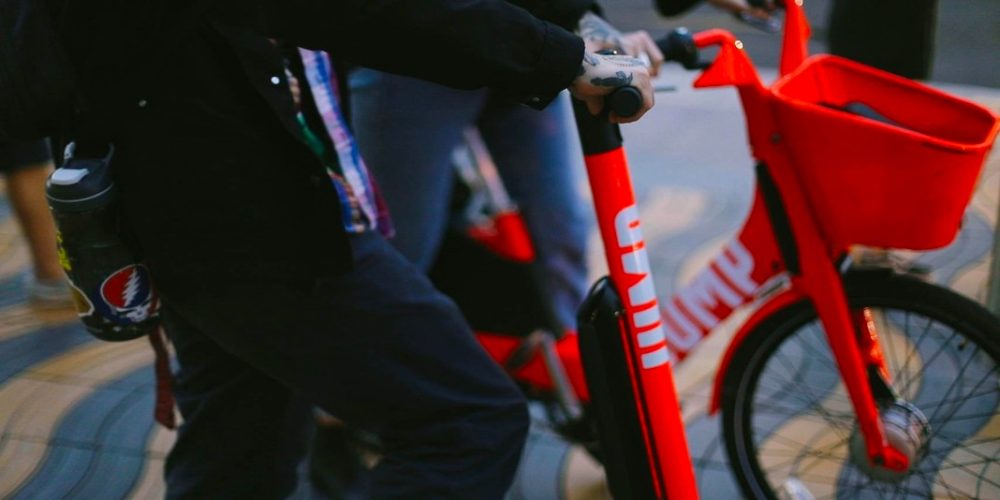Uber has been working on autonomous vehicles for years. However, they’ve always been of the four-wheeled variety. Now it appears that the ridesharing giant is focusing on autonomous electric bicycles and scooters as well.
Uber wants autonomous electric bicycles and scooters
Uber is apparently working to integrate autonomous driving and sensing technology into their electric bicycles and scooters, according to 3D Robotics CEO Chris Anderson. Uber’s Advanced Technologies Group (ATG) made the announcement this weekend at a DIYRobocars event.
Autonomous electric bicycles and scooters may be able to drive themselves to charging locations or reposition themselves to locations with higher demand.
Currently, both tasks require trucks and vans to collect and disperse the electric bicycles and scooters. Autonomous driving would eliminate that requirement, cutting down on the cost of labor and fuel, as well as reducing emissions.


As reported by TechCrunch, Uber has created a new division within the company to develop autonomous electric bicycles and scooters. MicroMobility Robotics will be housed within the Jump group. Jump was acquired by Uber last year and operates Uber’s electric bicycle and scooter-sharing fleets.
The MicroMobility Robotics division has already begun hiring, posting the following info in a recent job ad:
“The New Mobilities team at Uber is exploring ways to improve safety, rider experience, and operational efficiency of our shared electric scooters and bicycles through the application of sensing and robotics technologies.”
Uber’s growing micro-mobility progress
This news follows on the heels of impressive strides made by Uber in the micro-mobility industry. Though joining the fray several months after industry leaders Bird and Lime, Uber has been rapidly expanding its own electric bicycle and scooter sharing programs.
A few months ago they announced significant upgrades to their shared Jump electric bicycles. While falling short of autonomous driving, the new Jump bikes do have a number of autonomous features, mostly related to self diagnosis and repair features.


While Uber continues to grow its fleets of electric bicycles and scooters, it is heavily investing in technology R&D. Competitors Lime and Bird have been rolling out upgrades as well, but those upgrades have mainly focused on hardware improvements. Uber, on the other hand, has been steadily working to further develop the brains of its electric bicycles and scooters, hoping to compete on more than just hardware alone.
Electrek’s Take
Color me interested, yet skeptical.
Autonomous electric bicycles and scooters would be awesome, don’t get me wrong. Anyone who has played the game “let’s hunt down and find an available Lime scooter before someone else gets to it first” can surely appreciate the idea of ordering up an autonomous electric bicycle or scooter on your phone and having it drive itself right to you.
But there are a number of issues that will need to be tackled first, both technical and logistical.


While Uber has a leg up when it comes to autonomous vehicles, their cars have a serious advantage over bicycles and scooters: natural stability. They don’t have a tendency to fall over.
Autonomous electric bicycles and scooters would need to be designed to stop and start without a rider to assist. Gyroscopic flywheels and balance pegs have been experimented with in the past for similar applications, but these aren’t simple bolt-on solutions. So I don’t think we’ll be seeing autonomous electric bicycles and scooters on the streets in the immediate future.
Uber will also have to deal with local laws as well public perception related to autonomous vehicles. The public nearly lost their minds when normal, user-operated electric scooters took over the sidewalks and bike lanes last year. And even then people had someone to yell at. Can you imagine how well people would take to seeing a driverless bicycle careening down local paths?
So while I like the idea in concept, there are a lot of operational hurdles to deal with before this becomes a reality. But hey, if Teslas can drive sleeping operators around better than most consciously driven cars, why can’t bikes and scooters do the same thing one day?